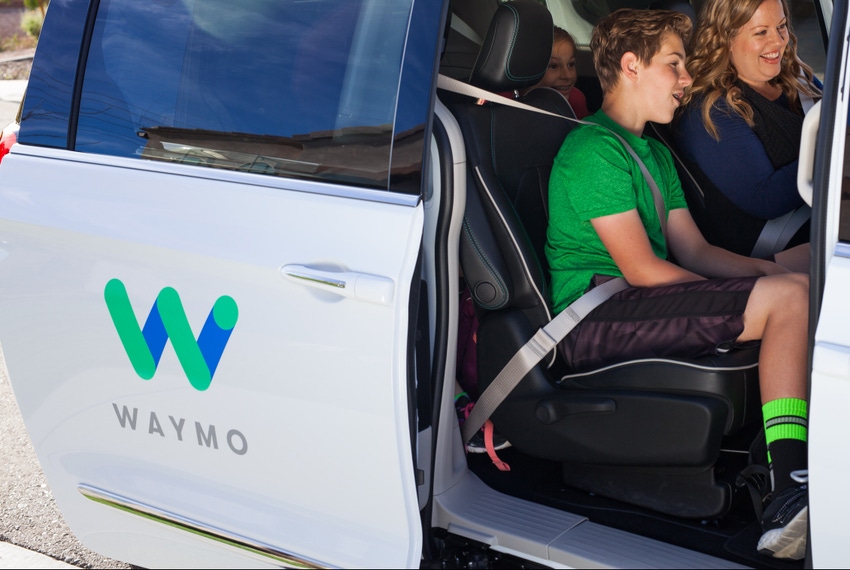Google spin-off Waymo is on the verge of cracking the autonomous vehicles conundrum, just make sure wherever you want to go is on the right hand side.
October 4, 2017

Google spin-off Waymo is on the verge of cracking the autonomous vehicles conundrum, just make sure wherever you want to go is on the right hand side.
Many are predicting the rise of the autonomous car over the next ten years, with manufacturers giving various timelines around a 2020 deadline, but these predictions could be blown away if Waymo is anywhere near accurate. According to The Information, Waymo could launch its own ridesharing service, not requiring back-up drivers, before the end of the year in Chandler, a suburb of Phoenix.
Autonomous driving might not have gained as much attention as it might deserve so far, but this is primarily due to the timeframes involved. Other areas have quite rightly stolen the limelight because there is a more realistic opportunity to see them in the real world in the nearer future; should these reports prove to be anywhere near true, we could be about to witness a mass panic in the industry, as competitors scramble to get their own versions onto the road.
But there is one minor issue for the moment; the cars struggle to turn left in certain places. A couple of areas which need improvement would certainly be expected, but this is a pretty big issue. A car can only turn two directions; Waymo is missing 50% of this equation. Okay, we’re blowing this a bit out of proportion, as the cars can turn left sometimes. But realistically, your correspondent would want a self-driving car which could turn left all the time. We don’t feel this is a diva-style request.
The problem here lies in a type of junction which the whizz kids in Silicon Valley don’t have on their own roads. It’s a left hand merge, onto a five lane road, where drivers have to jockey for position without causing a hazard for oncoming traffic, but also making sure the manoeuvre is done quickly enough to avoid frustration for following drivers.
“While this type of traffic signal is rare in our hometown of Mountain View, CA, it’s become common sight at intersections across Metro Phoenix, where we recently launched our early rider program,” said James Stout, Lead Software Engineer at Waymo.
“Just like for humans, the key to learning is practise. That’s where our simulator comes in. Waymo’s simulator is a realistic virtual world where we can recreate every real-world mile we’ve drive. Each day, as many as 25,000 Waymo self-driving cars can drive up to 8 million miles in simulation, testing new skills and refining old ones.”
It’s all about practise here. The team will put the vehicles through millions of miles of simulations, with thousands of different variations of conditions and hazards. Just like a human, the more the AI practises dealing with these situations, the more competent it will become. The Waymo team claim its cars drove more than 2.5 billion virtual miles in 2016. Admittedly, this is a virtual environment, but each journey can be customised to be a bit more eventful than your average trip to the shops to buy some milk. It’s just those dastardly left turns…
Even with such a challenge, the team seems to be miles ahead of the competition. Waymo (and Google for that matter) has been relatively quiet in recent months, but actions speak louder than words. Should the self-driving cars hit the roads before the end of the year, Waymo would put itself years ahead of the competition.
That said, we don’t plan to head to Phoenix any time in the near future, but if we do, we might wait for Stout and his cronies to master the left hand turn before using one of their vehicles. We’re just a bit funny like that.
About the Author(s)
You May Also Like








.png?width=300&auto=webp&quality=80&disable=upscale)


_1.jpg?width=300&auto=webp&quality=80&disable=upscale)


.png?width=800&auto=webp&quality=80&disable=upscale)